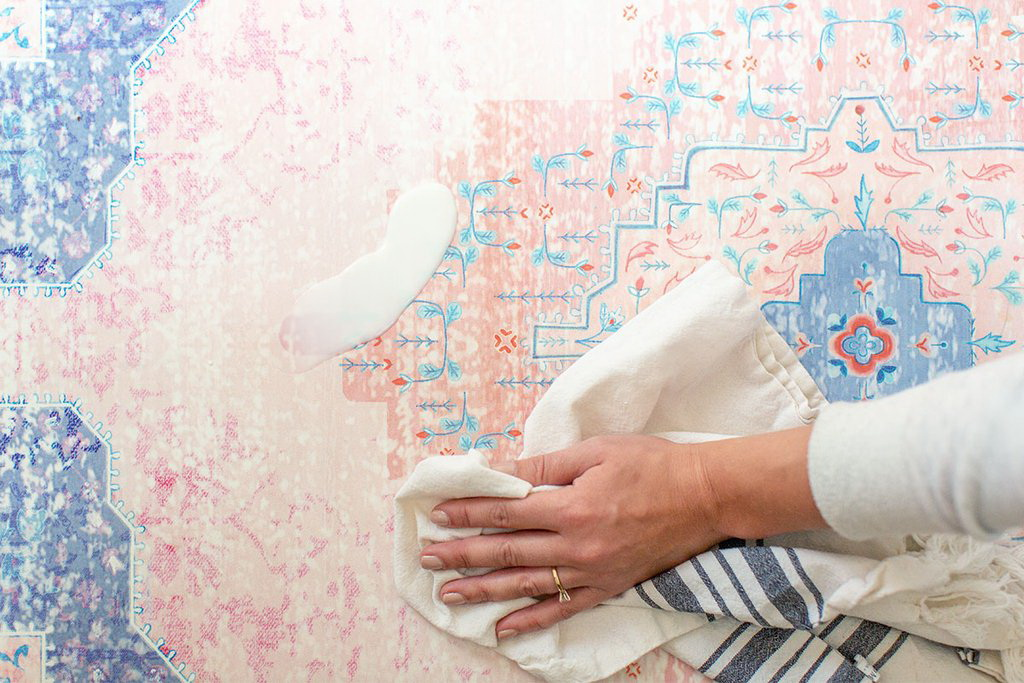The outbreak has promoted the development of natural anti-bacterial and anti-viral health materials, as well as the realization of medical-grade sterilisation in homes and public places. Among them, the health protection of bacteria in indoor space and product surface has become an increasingly important field for consumers. The research and development of environment-friendly and healthy products will become a huge growth point for the home textile industry. Many home textile brands focusing on cool style have turned their development focus to natural and healthy materials and products, as well as textile products that are easy to clean, to greatly meet the various needs of consumers, and bring comfort and enjoyment to the home space after the epidemic.

1、Natural textile----fabrics containing natural fibers and their inherent antibacterial properties occupy a more important position in textile products. According to Research Gate, wool carpets can improve indoor air quality by rapidly absorbing pollutants. Wool also regulates body temperature and has natural flame retardants and hypoallergens, making it an excellent fibre for homes and children's rooms.
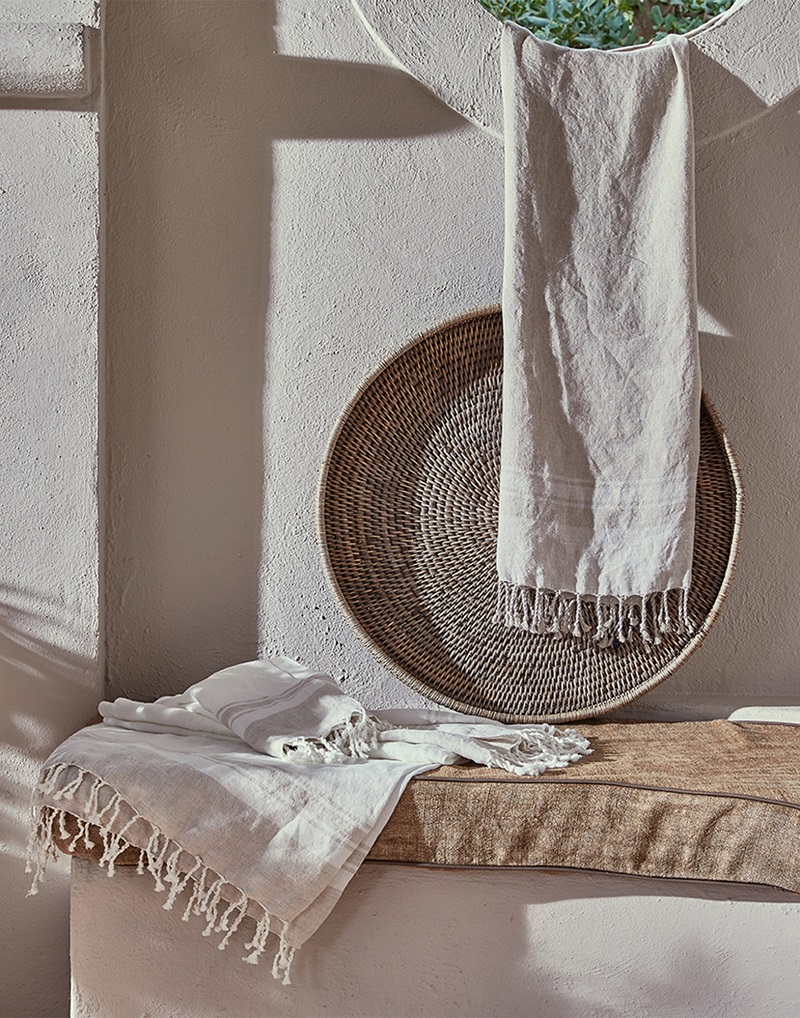
2、Vegetarian leather——With the development of biotechnology, the plant power that has been neglected will change our lives in the future. Vegetarian leather made from plant fibres such as cork banana palm leaves will replace traditional leather. Studio T jeerd Veen hoven USES bananas and palm leaves to make a range of textiles, such as protective masks, that are both organic and eco-friendly.
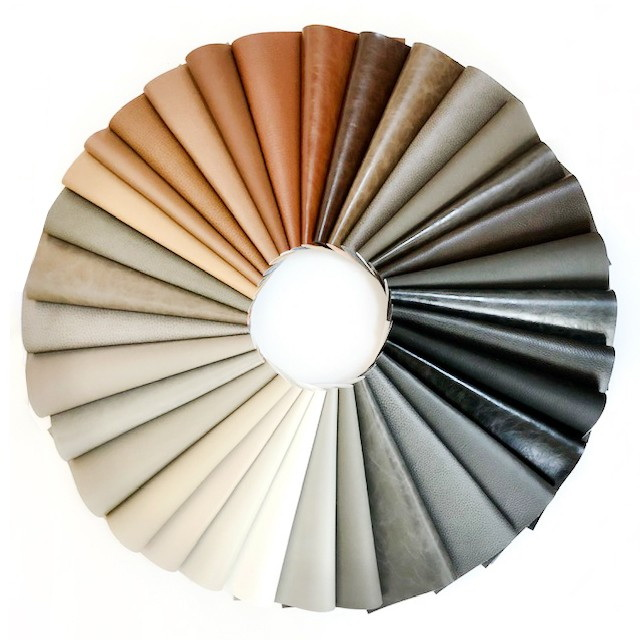
3、Into metal - initially for medical silver, zinc, copper and other inorganic antibacterial effects of active metal, has been gradually used in the textile products, and relatively safe to human body in the EMF Protection Bloc Silver fabrics, with high content of silver antibacterial rate, and 99.9% of the soft breathable antibacterial fabrics can be used for bedspread and curtains and other products.
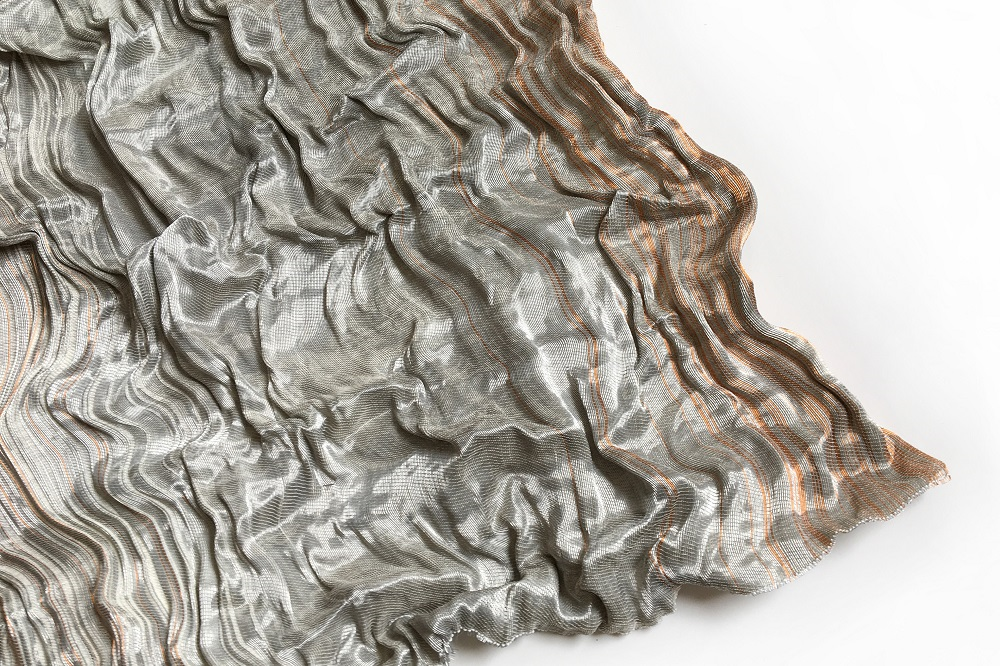
4、Plant dyeing - plants, as a replacement for chemical dyes and chemical additives, is gradually returning to the public line of sight, to explore more new plants and natural dye healthy ways to expand the types of color designer Susan Fang when rendering fabrics with flowers as the mold, promoting left pattern mark with organic manual coloured drawing or pattern of dyeing and fabric defects beauty technology, through a dye and make the fine overlay yarn dyeing.
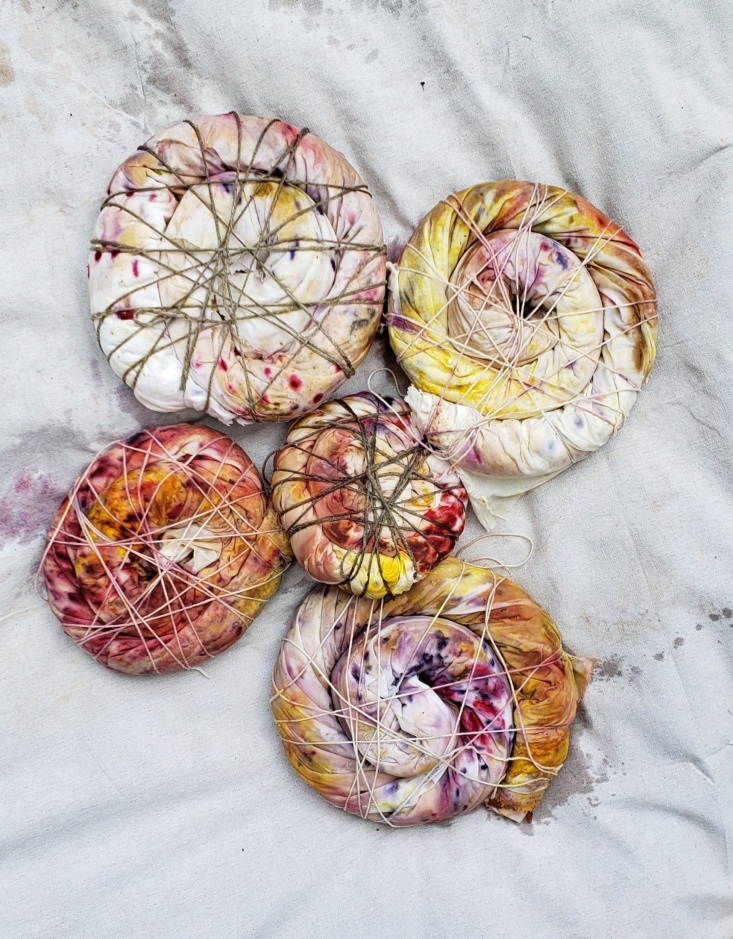
5、Antibacterial properties - Antibacterial and antimicrobial properties - whether natural or artificial, can be indispensable in order to get better sleep, antibacterial materials can be added to textile products to prevent odor residues caused by bacteria and extend the life of textiles.
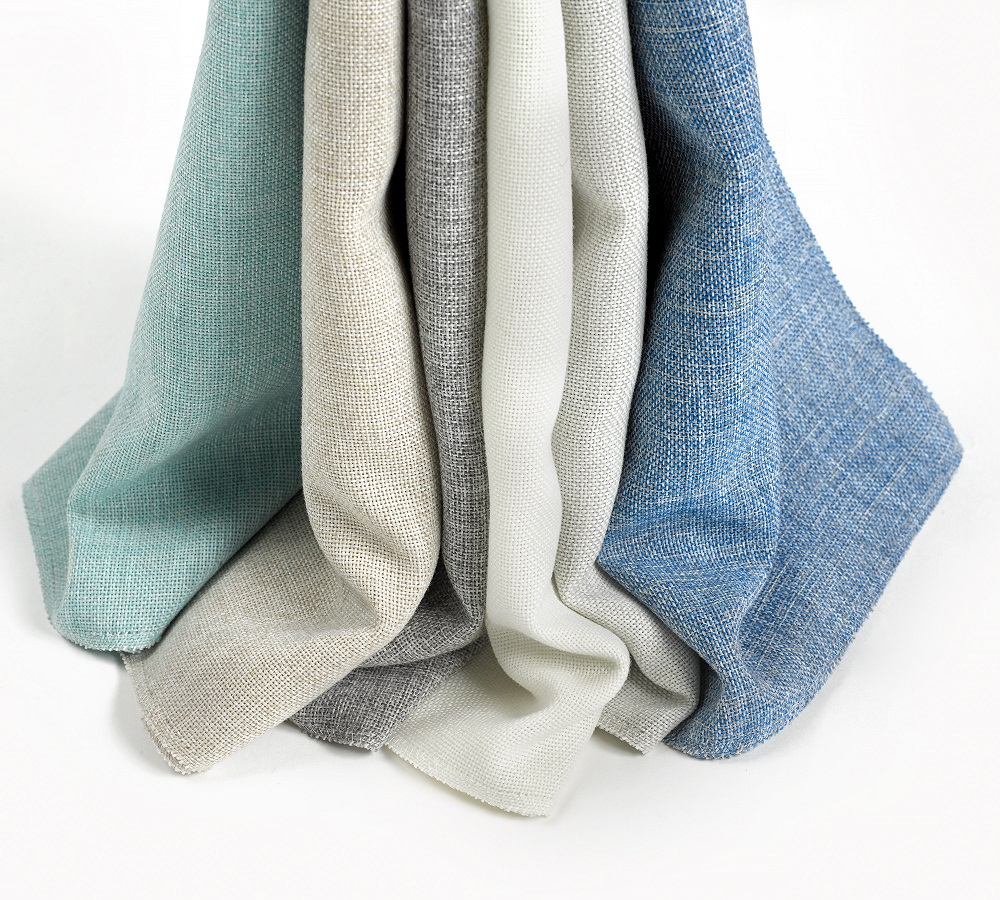
6、Easy to take care of -- once again emphasizing the importance of hygiene, many brands have begun to create self-cleaning or easy-to-clean textile products for busy consumers to help them keep their products clean and tidy and extend their service life。Milliken Breathe is a series of fabrics with innovative, sustainable and durable properties that resist everyday stains, can be easily removed by simply drying with a rag, and is environmentally friendly through the use of natural or recycled fibers and plant-resistant waterproofing processes.
